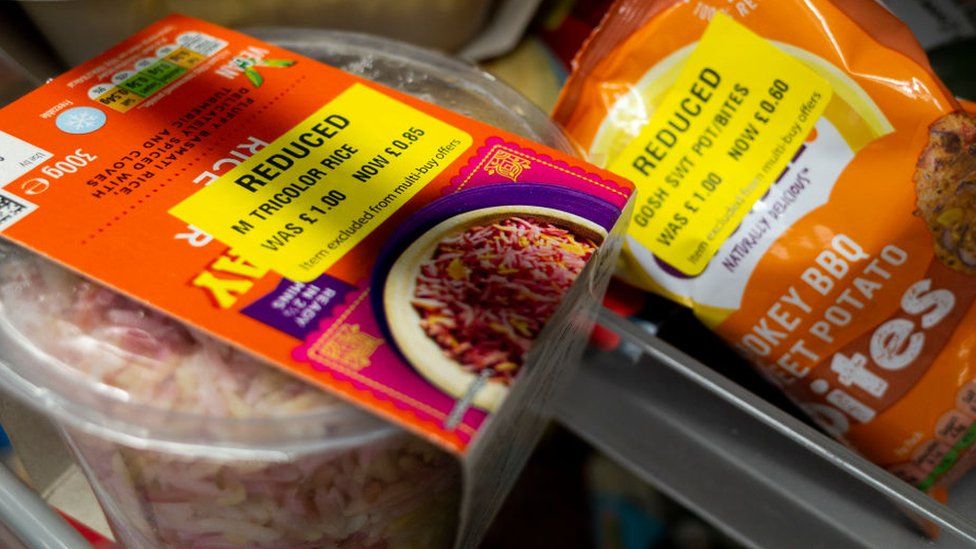-

-
-
Loading

Loading

Polly Arrowsmith, a savvy bargain shopper, knows exactly when her local supermarkets reduce their prices each day. She estimates that hunting for yellow discount stickers saves her hundreds of pounds annually. However, this daily ritual may soon come to an end as supermarkets adopt dynamic pricing controlled by AI software. This involves digital price tags displayed either on the shelf or on stickers attached to the products themselves. The prices automatically update wirelessly as items approach their sell-by dates. The AI also considers the stock levels and demand for the item in previous years. This AI-driven dynamic pricing is already being used by grocery retailers in mainland Europe, such as DIA in Spain, Iper in Italy, Metro in Germany, and Hoogvliet in the Netherlands, with the system provided by Israeli firm Wasteless. Wasteless believes its model can reduce supermarkets' food waste by more than a third and is in talks with three major British retailers to roll out the system in the UK next year. Other companies like SES-Imagotag, Displaydata, and Pricer are also providing dynamic pricing technology to retailers across Europe and Asia. Studies suggest that dynamic pricing could increase a retailer's fresh food revenues by 10% by selling items that would otherwise be wasted. However, there are concerns about potential disadvantages, such as lack of clarity on reference prices and price discrimination. Retail experts believe that strict guidelines and governance will be necessary to ensure the benefits of dynamic pricing are maximized without negatively affecting consumers. Despite the potential disappearance of yellow sticker discounts, experts believe that the benefits of AI-driven digital pricing in supermarkets, including increased flexibility and discounts, will outweigh any negatives.